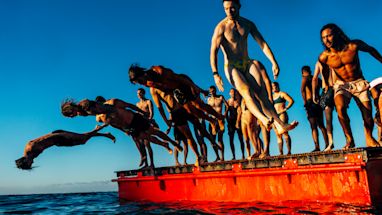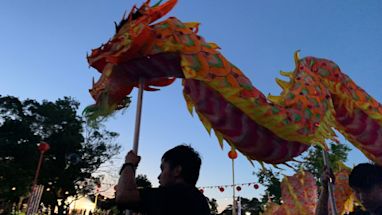Much of Sydney’s history is inscribed in the city’s fabric. A great way to understand your city’s past is through public art.
The Eora Journey celebrates the living culture and heritage of Aboriginal communities.
Published 7 June 2017, updated 25 June 2018







